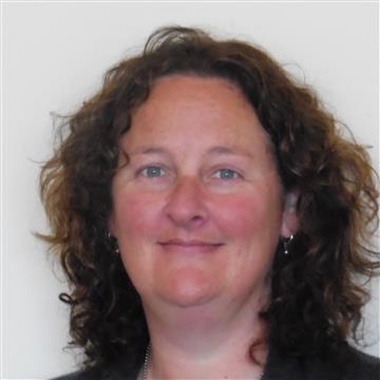Algae
Latest news
NIWA is working with farming enterprises on a novel pollution mitigation technology to remove nutrients from agricultural runoff.
Empowering the community to monitor river swimming spots
Enthusiatic community members have been working with NIWA and Greater Wellington Regional Council staff to monitor water quality and other indicators of importance to people who recreate in the Hutt River near Poets Park.































